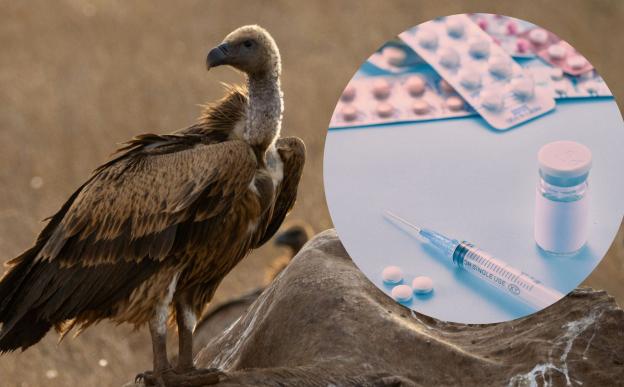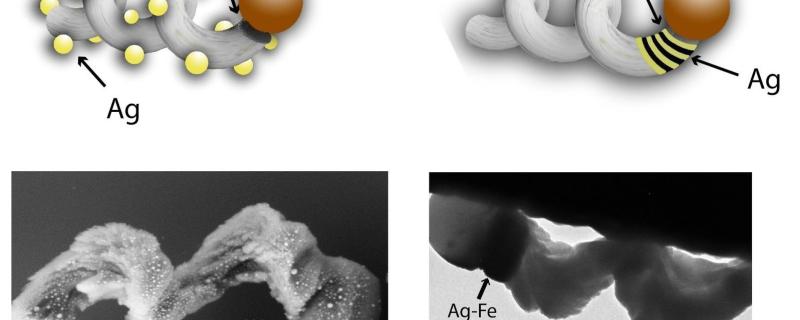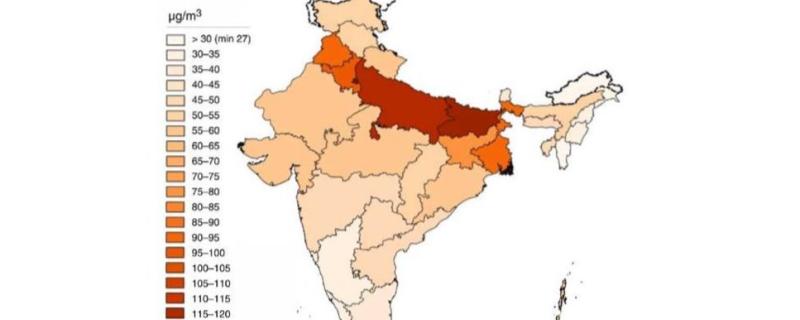Manipulation of particles whose sizes are a billionth of a metre poses a huge challenge and is a vast area of research. Manipulation of objects on this scale has important application from medicines to quantum technologies. Scientists from the Indian Institute of Science, Bangalore have devised a new approach to trap and maneuver nanoscale objects.
Despite successful bans on the veterinary drug diclofenac in Nepal and parts of India, a decade-long undercover investigation reveals that toxic alternatives like flunixin and nimesulide are rapidly replacing it, posing a renewed existential threat to the region’s critically endangered vulture populations.
Mumbai/







